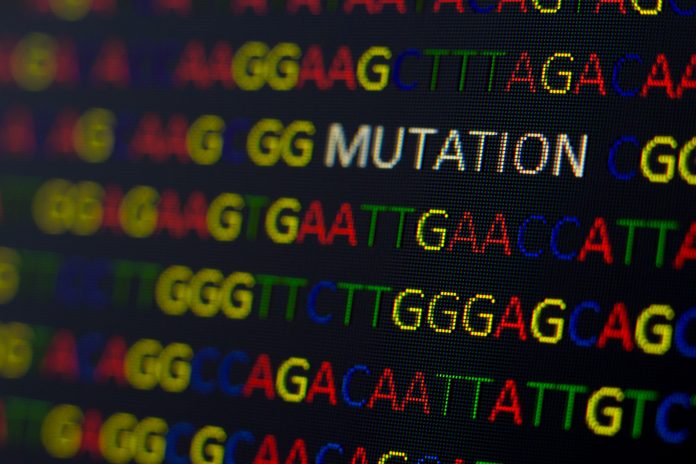
Researchers at the NYU Langone Health and the NYU Grossman School of Medicine have developed a novel technique called HiDEF-seq (Hairpin Duplex Enhanced Fidelity Sequencing) that can detect the earliest molecular changes in DNA that precede genetic mutations.
The new method, detailed in a study published in Nature, could significantly advance our understanding of how mutations occur in both healthy cells and cancerous cells, potentially leading to improved detection and prevention strategies for genetic diseases.
DNA is composed of two strands of molecular bases—adenine (A), thymine (T), guanine (G), and cytosine (C)—that pair in a specific pattern, allowing genetic information to be accurately replicated during cell division. Mutations occur when changes in this DNA code are present in both strands. However, the origins of most mutations lie in changes that initially occur in only one strand of DNA, such as a mismatched G and T base pair, which previous testing techniques could not accurately identify.
According to the scientists, HiDEF-seq addresses this limitation by detecting these single-strand DNA changes with unprecedented accuracy, estimating just one recording error per 100 trillion base pairs analyzed. This capability allows researchers to observe molecular changes in DNA at a stage before they become permanent double-strand mutations.
“Our new HiDEF-seq sequencing technique allows us to see the earliest fingerprints of molecular changes in DNA when the changes are only in single strands of DNA,” said senior study author Gilad Evrony, MD, PhD, a core member of the Center for Human Genetics & Genomics at the NYU Grossman School of Medicine.
The researchers applied HiDEF-seq to study DNA from healthy individuals with genetic syndromes linked to higher mutation rates, such as polymerase proofreading-associated polyposis (PPAP) and congenital mismatch repair deficiency (CMMRD), both of which increase cancer risk. They found a higher number of single-strand DNA changes in cells from these individuals compared to those without the syndromes. These single-strand changes mirrored the patterns observed in double-strand mutations, providing insight into the mutation process.
Further experiments using HiDEF-seq in human sperm, which have among the lowest double-strand mutation rates, revealed that the pattern of chemical damage observed in single strands closely matched that seen in intentionally heat-damaged blood DNA. This suggests that natural and induced DNA damage processes may operate similarly.
“Our study lays the foundation for using the HiDEF-seq technique in future experiments to transform our understanding of how DNA damage and mutations arise,” said Evrony, who is also an assistant professor in the department of pediatrics and the department of neuroscience and physiology at the NYU Grossman School of Medicine.
“Our long-term goal is to use HiDEF-seq to create a comprehensive catalogue of single-strand DNA mismatch and damage patterns that will help explain the known double-strand mutation patterns.”
By cataloging these patterns, researchers hope to better understand and monitor the everyday effects of environmental exposures on DNA. Geneticists estimate that every position in the genetic code is likely damaged or mutated at some point during an individual’s lifetime in at least some cells. HiDEF-seq’s ability to detect these early changes provides a powerful tool for advancing genetic research and improving disease prevention.













